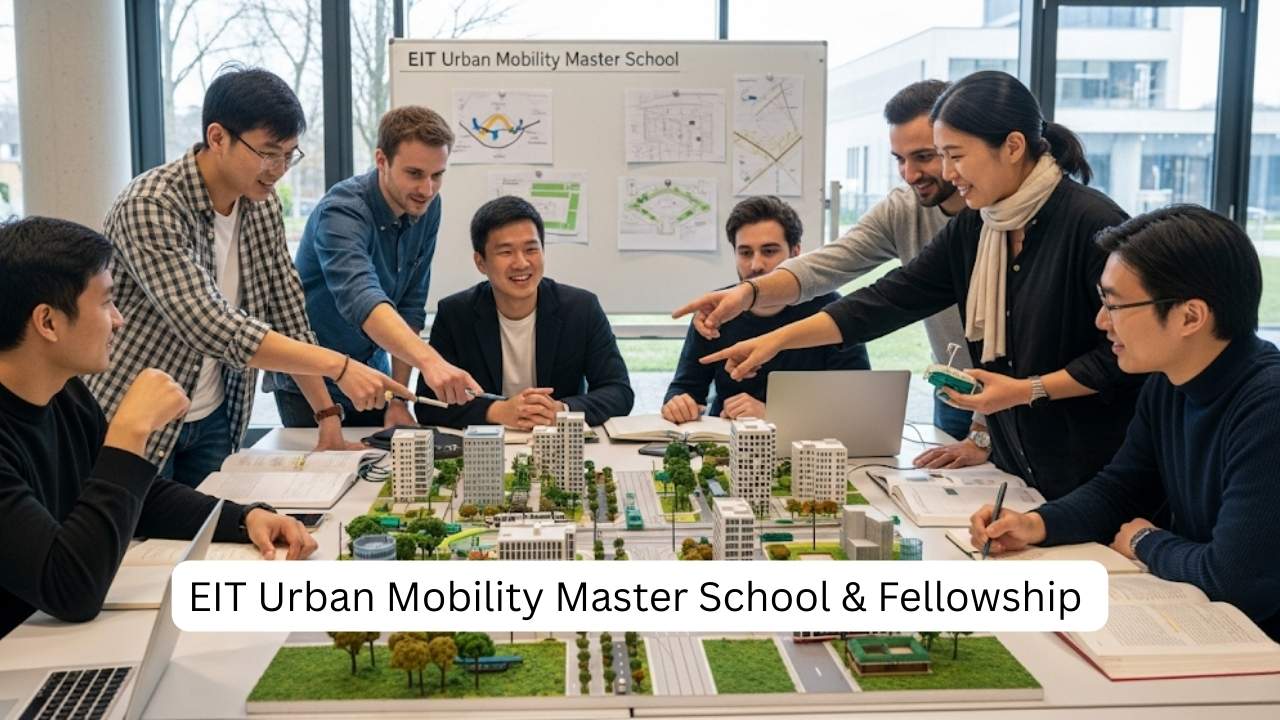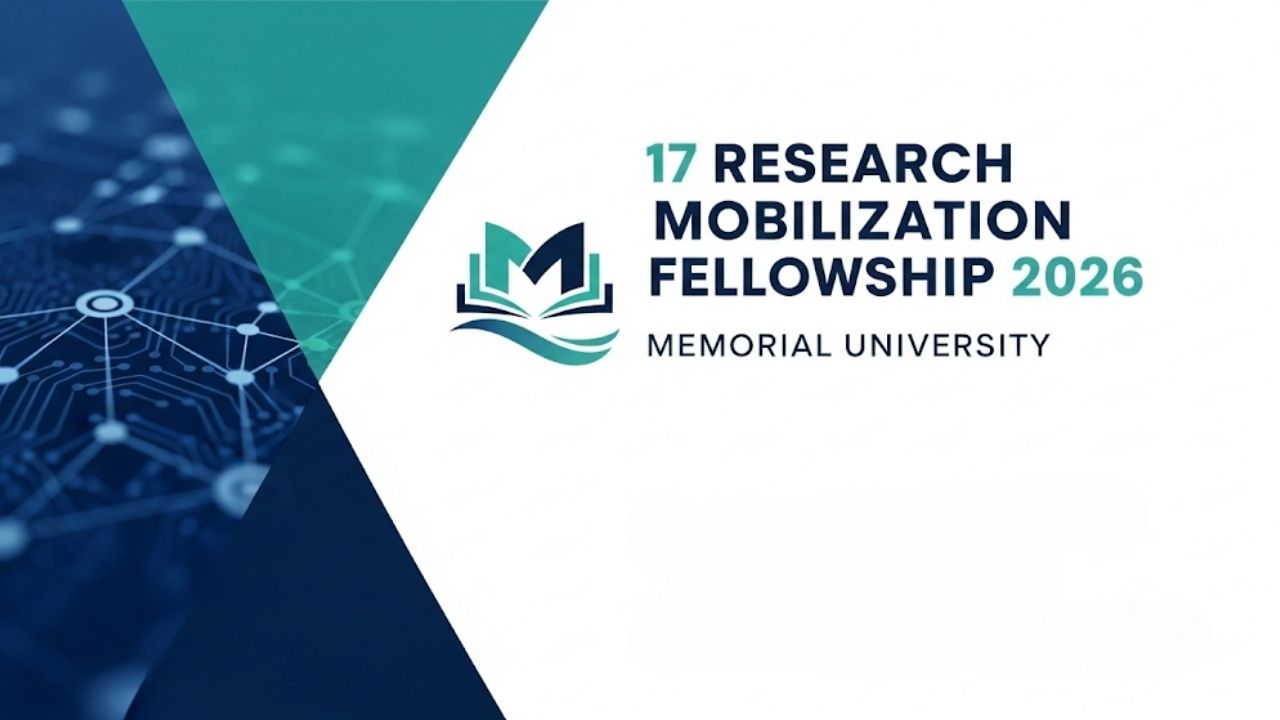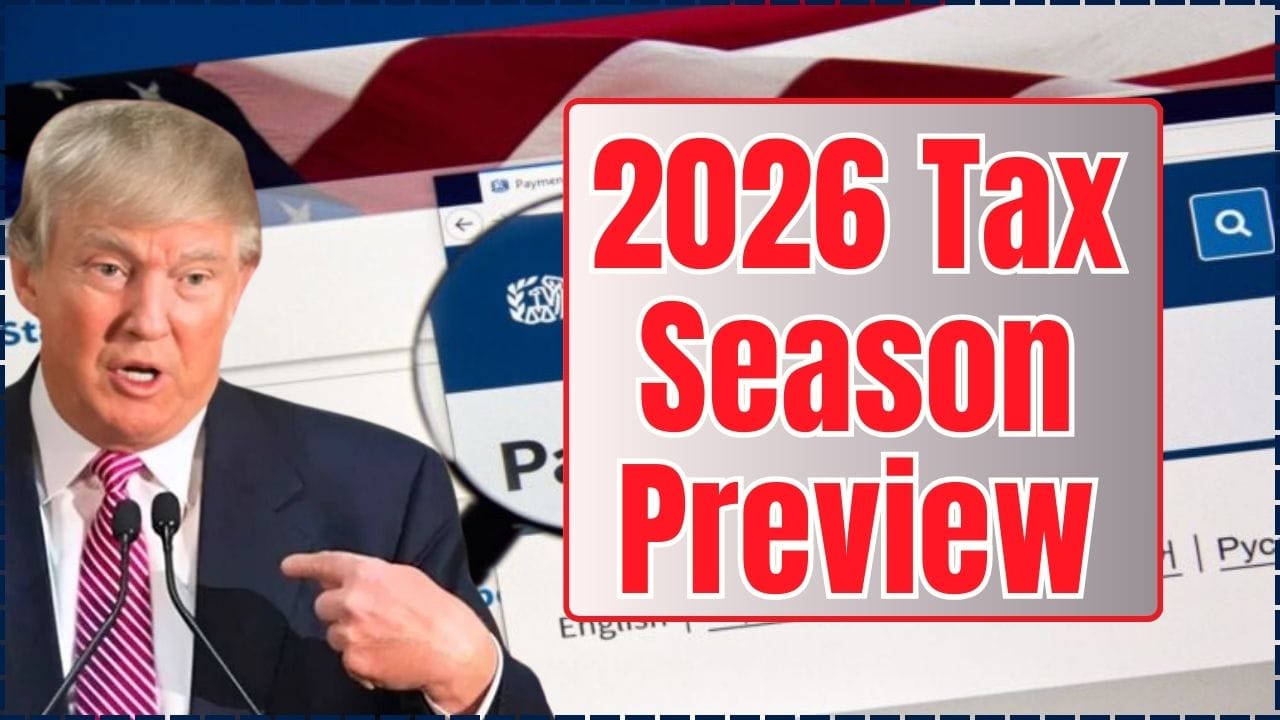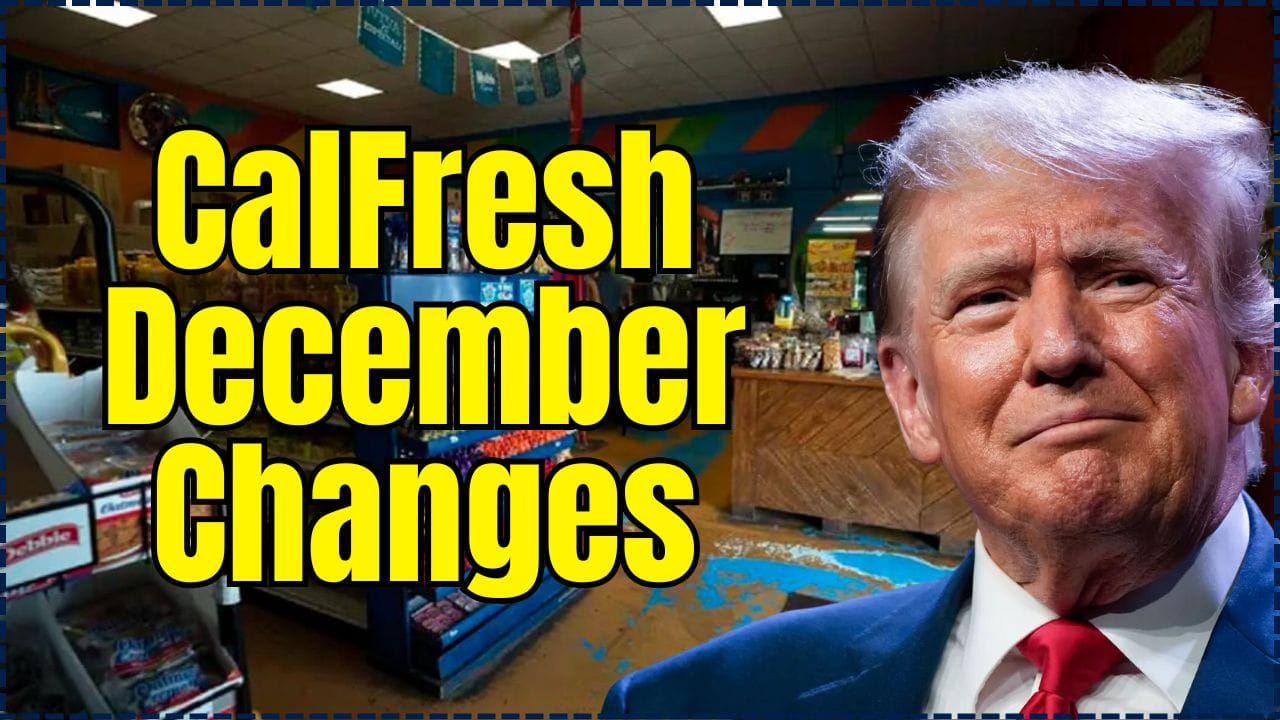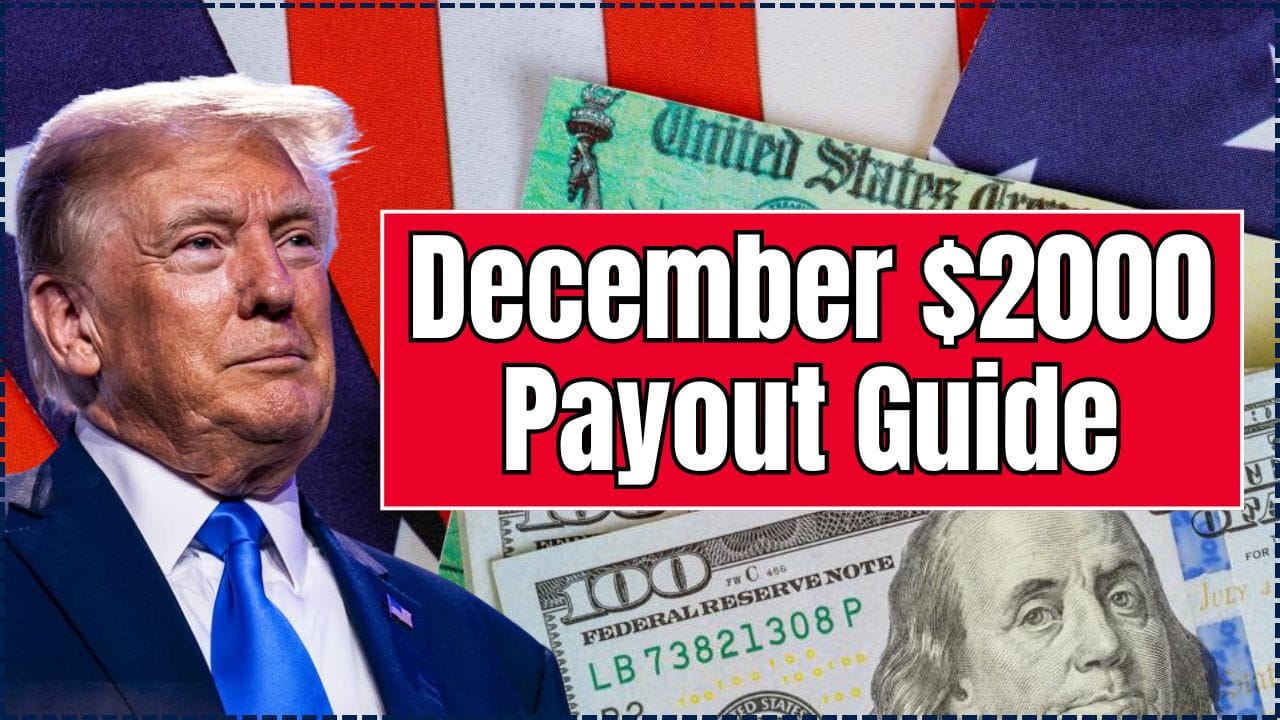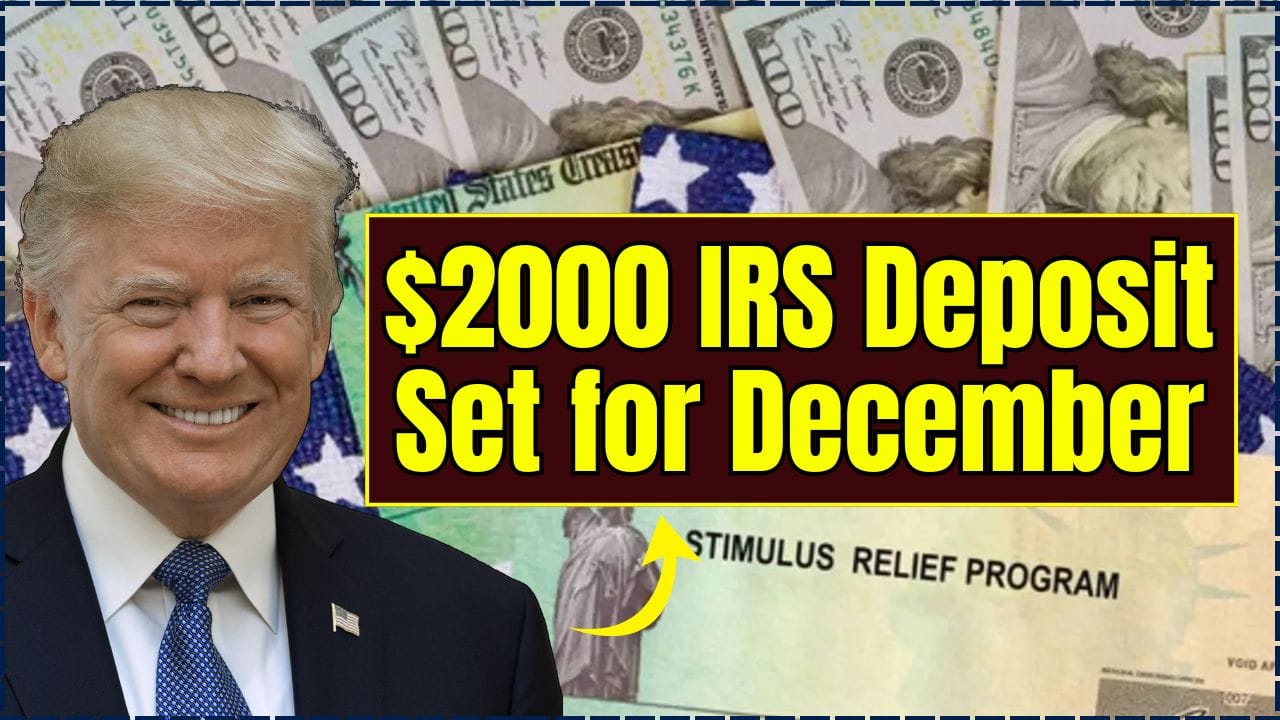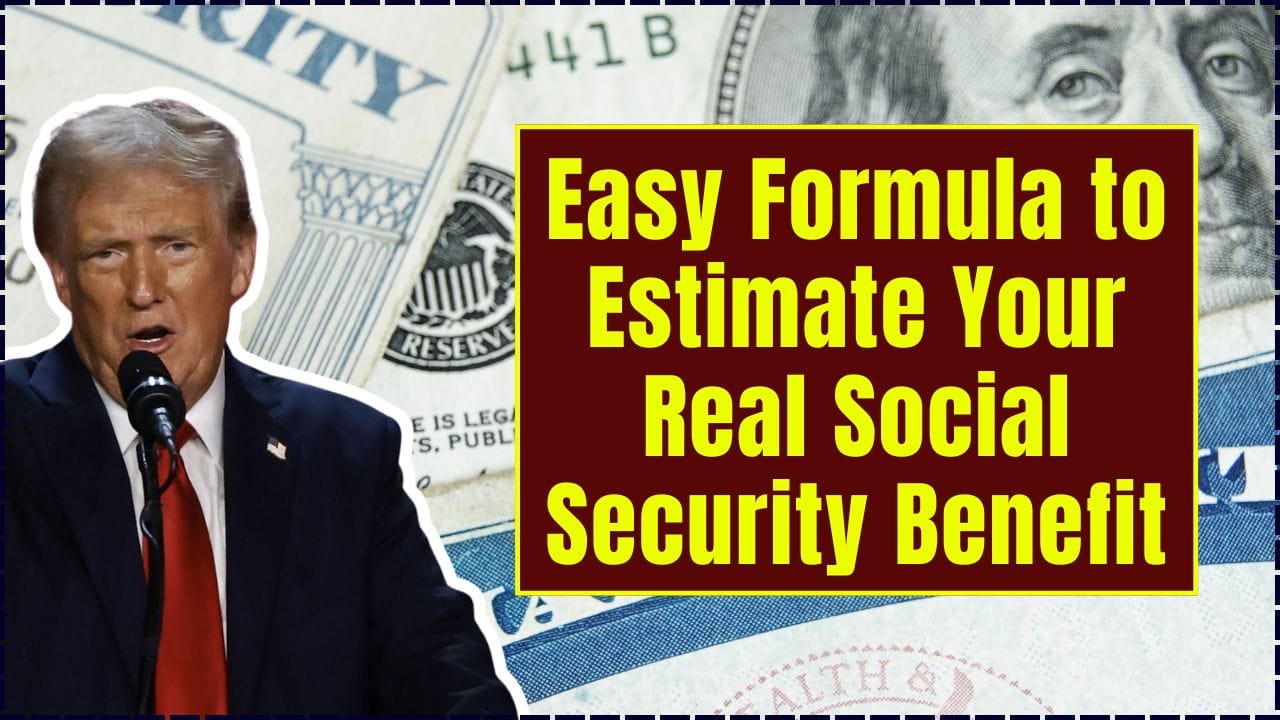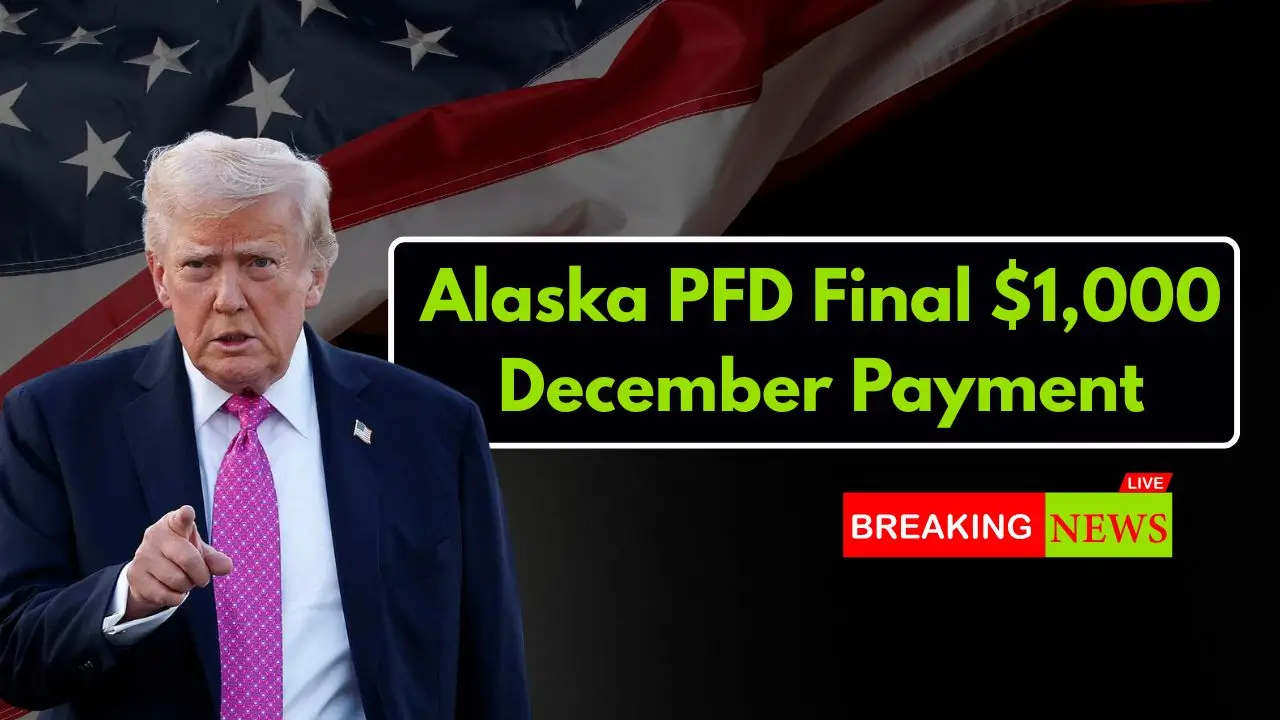The Safe Haven Fellowship 2025 is now open, offering an unparalleled opportunity for individuals driven by a desire to create positive change in a world grappling with conflict and displacement. If you’re a scholar, artist, writer, or journalist whose work is restricted or obstructed by challenging circumstances, this fellowship offers a vital lifeline – a chance to continue your critical work in a supportive and intellectually vibrant environment. This article will guide you through the intricacies of the Safe Haven Fellowship application process, providing comprehensive, actionable advice to help you successfully navigate your way to this transformative experience.
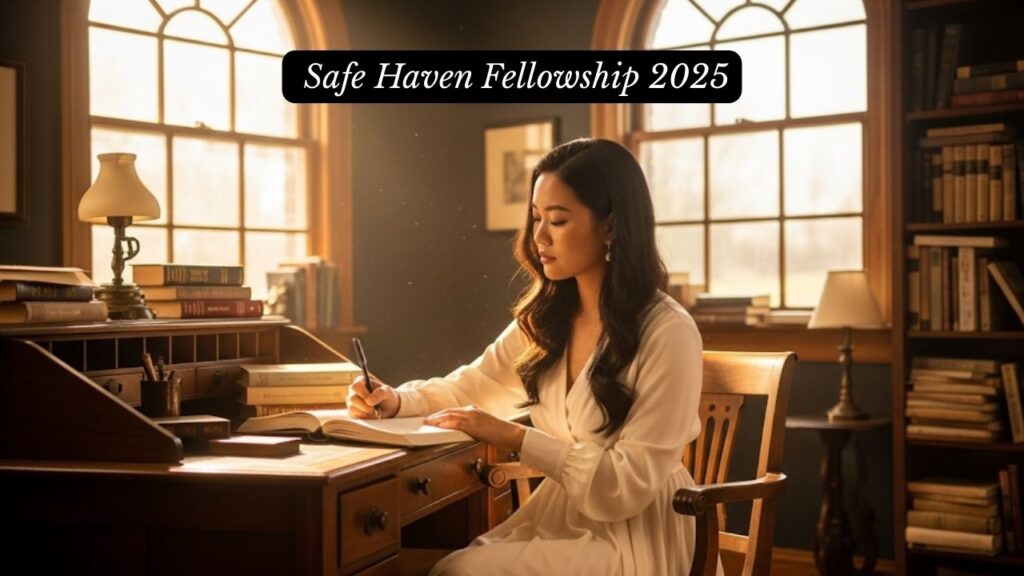
What is the Safe Haven Fellowship? A Beacon of Support
The Netherlands Institute for Advanced Study in the Humanities and Social Sciences (NIAS) offers the Safe Haven Fellowship, a program specifically designed for individuals at risk due to conflict or war. It’s more than just a temporary relocation; it’s an investment in the power of free inquiry and creative expression, ensuring that vital voices are not silenced. I’ve seen firsthand how a supportive environment can unlock incredible potential, transforming adversity into impactful work. This fellowship embodies that principle, providing a much-needed space for reflection, collaboration, and continued contribution.
The fellowship typically spans 5 months, either from September to January or February to June, offering a comprehensive package of support. This includes a generous monthly stipend, subsidized accommodation, travel reimbursement, and crucial access to research facilities and a vibrant intellectual community. Imagine the peace of mind that comes with knowing your basic needs are met, allowing you to fully immerse yourself in your work.
Key Insights: Safe Haven Fellowship 2025 at a Glance
| Key Fact | Detail/Statistic |
| Host Institution | Netherlands Institute for Advanced Study (NIAS), Royal Netherlands Academy of Arts and Sciences (KNAW) |
| Fellowship Duration | 5 months (September-January or February-June) NIAS Official Website |
| Monthly Stipend | €3,500 Scholarship Positions |
| Application Deadline | December 31, 2025 |
| Focus Areas | Humanities and Social Sciences (for academic proposals) |
Eligibility for the Safe Haven Fellowship 2025: Are You a Candidate?
Understanding the Safe Haven Fellowship 2025 eligibility criteria is your crucial first step. The program targets scholars, artists, writers, and journalists whose academic or professional freedom is restricted due to conflict or war. This is a fellowship for those who truly need a safe space to continue their vital contributions.
For academic applicants, a minimum of three years of research experience after earning your PhD is generally required. However, for artistic or journalistic proposals, a PhD is not mandatory; instead, a strong demonstration of relevant experience is key. Regardless of your background, a strong command of English is essential, as it is the working language at NIAS and facilitates interaction within the fellow community. It’s also important to note that NIAS does not accept applicants affiliated with institutions boycotted by the Dutch government.
Crafting Your Compelling Application: Tips for Success
The application process for the Safe Haven Fellowship, like any prestigious opportunity, requires careful attention to detail and a compelling narrative. Here’s how you can make your application stand out.
The Project Proposal: Your Vision in Detail
Your project proposal is the heart of your application. It should be a clear, concise, and compelling articulation of what you intend to achieve during your fellowship. Aim for a maximum of 1000 words. When I advise aspiring fellows, I always emphasize that clarity and feasibility are paramount. Don’t just state your topic; explain your research question, the methodology you plan to employ, and a realistic timeline for your work. What is the academic, societal, cultural, or artistic relevance of your project? How will your work contribute to your field?
The Motivation Statement: Why NIAS, Why Now?
Your motivation statement, typically around 150 words, is your chance to explain why a Safe Haven Fellowship at NIAS is essential for you at this moment. This isn’t just about your aspirations; it’s about connecting your personal circumstances to the unique support NIAS offers. Detail why you were compelled to leave your previous workplace or why your work is currently restricted. Be authentic and specific, demonstrating a genuine need for the safe haven provided by the fellowship.
Highlighting Your Circumstances: The “At Risk” Component
A critical part of the Safe Haven Fellowship application is clearly articulating the circumstances that have put you at risk. This is not a place for vagueness. Provide a concise yet impactful description of why your academic or professional freedom is restricted due to conflict or war. This could involve threats to your personal safety, censorship, loss of institutional support, or the inability to conduct your work freely in your home country. Remember, the fellowship’s core objective is to protect and support individuals facing such challenges.
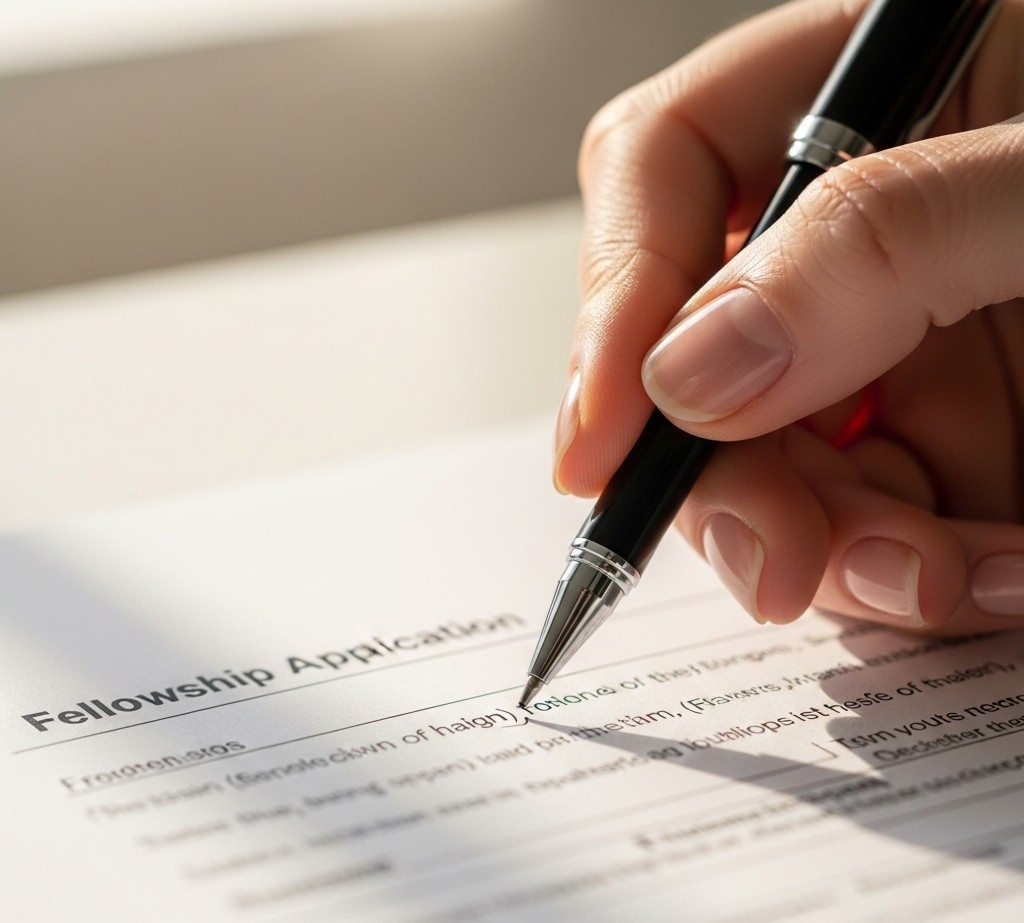
The Application Form: Precision is Key
The online application module requires a fully completed form. This includes your personal details, academic and professional background, and any relevant publications or artistic works. Double-check every entry for accuracy. An incomplete or carelessly filled form can detract from even the most brilliant proposal.
Beyond the Application: What to Expect from a Safe Haven Fellowship
Securing the Safe Haven Fellowship is just the beginning. The fellowship offers a truly immersive and enriching experience. You’ll be part of an interdisciplinary community of scholars, artists, and journalists, fostering invaluable connections and intellectual exchange.
The NIAS Community: A Hub of Collaboration
One of the most significant Safe Haven Fellowship 2025 benefits is the opportunity to engage with the vibrant NIAS community. This isn’t just about individual work; it’s about collaborative learning, sharing ideas, and receiving feedback on your projects. Communal lunches and organized activities encourage interaction, breaking down disciplinary silos and fostering a sense of shared purpose. I’ve always found that the most transformative experiences come from engaging with diverse perspectives, and NIAS excels at creating such an environment.
Life in Amsterdam: A Welcoming City
Beyond the academic and professional support, the fellowship offers subsidized accommodation or commuting travel reimbursement, and your outward and return travel costs are covered. While NIAS provides an invitation letter, fellows are responsible for their visa arrangements. Living in Amsterdam offers a rich cultural experience and a supportive environment, allowing you to focus on your work without the added burdens of navigating a new city on your own.
A past fellow sharing their experience at NIAS, highlighting the supportive community and research opportunities.
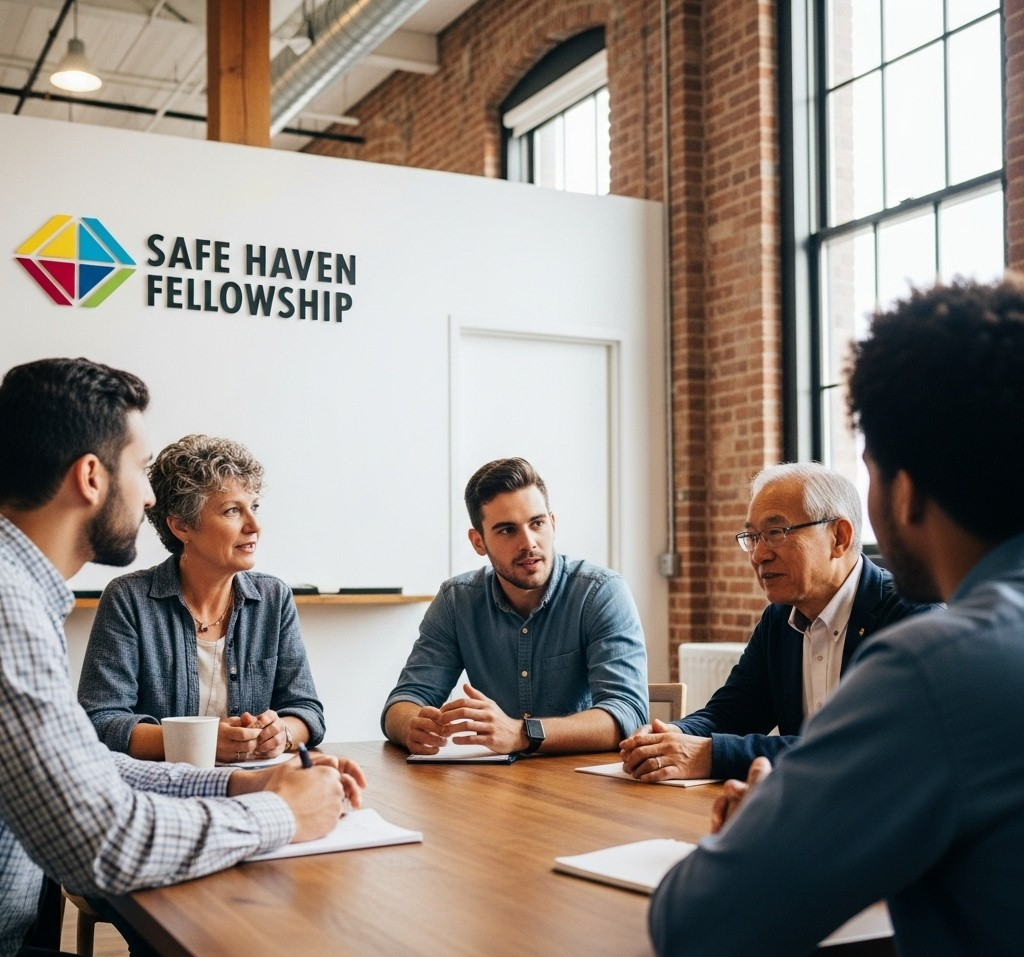
Your Journey to Impact: A Concluding Thought
The Safe Haven Fellowship 2025 is more than just a grant; it’s an opportunity to reclaim your voice, pursue your passions, and contribute meaningfully to the world. The challenges you’ve faced have undoubtedly shaped your perspective and fueled your determination. Now, is the time to channel that resilience into a powerful application. Believe in the value of your work and the unique insights you bring. The world needs your stories, your research, and your art. Take this crucial step and start preparing your application today – your safe haven, and your opportunity to make a lasting impact, awaits.
Germany DAAD Alfried Krupp Wissenschaftskolleg Greifswald Fellowships 2026: Your Ultimate Guide
Your Bridge to Discovery: The Ultimate Guide to the Canon Foundation Research Fellowships 2026
FAQ
Q1: Can I apply for the Safe Haven Fellowship if I don’t have a PhD?
A: Yes, if you are an artist, writer, or journalist, a PhD is not mandatory. However, you must demonstrate significant and relevant experience in your field. For academic proposals, a minimum of three years of postdoctoral research experience is required.
Q2: What kind of projects are typically supported by the Safe Haven Fellowship?
A: The fellowship primarily supports projects within the humanities and social sciences for academic proposals. For artists, writers, and journalists, projects should align with the core objectives of the fellowship – that is, enabling individuals at risk due to conflict or war to continue their work.
Q3: Is there an age limit for the Safe Haven Fellowship?
A: The official eligibility criteria do not specify an age limit. The focus is on your experience, the impact of your work, and your specific circumstances requiring a safe haven.
Q4: What support does NIAS offer for visa arrangements?
A: NIAS will provide a letter of invitation to all selected fellows. However, fellows are responsible for arranging their own visas. It is advisable to start this process as early as possible once selected.
Q5: What are the key qualities the selection committee looks for in applicants?
A: The selection committee evaluates applications based on the clarity and relevance of the project proposal, the feasibility of the time schedule, the intended output, and critically, the clear demonstration of circumstances that compel the applicant to seek a safe haven. Strong English proficiency and the potential to contribute to the NIAS community are also important.

